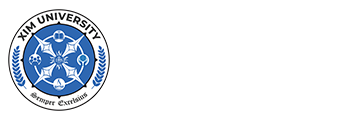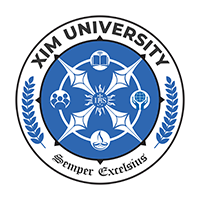Resources
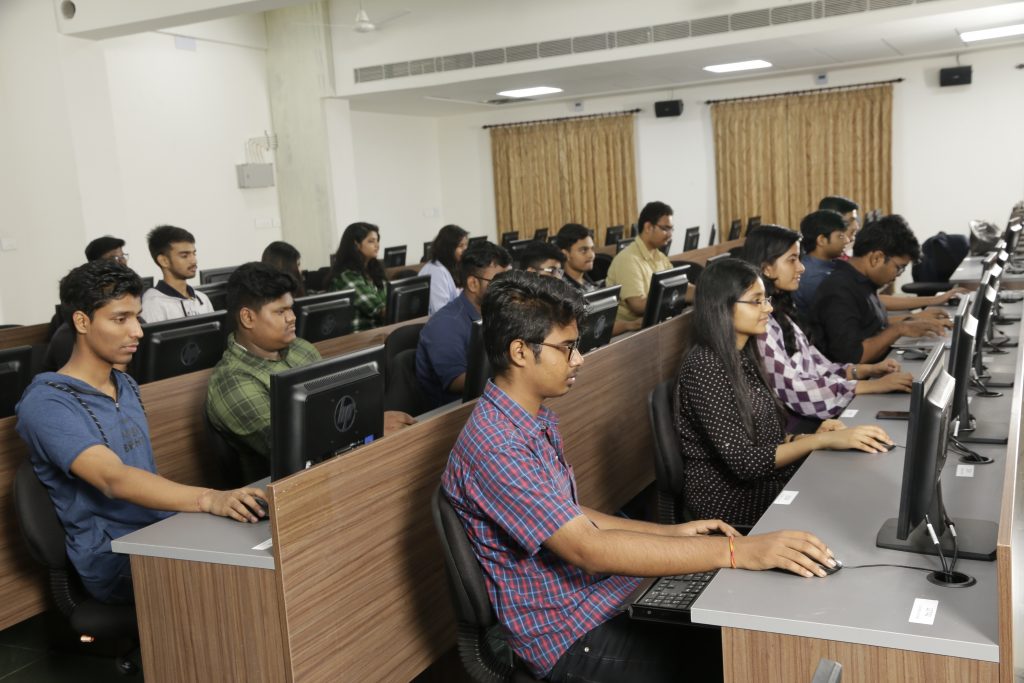
IT infrastructure at XIMB campus has been treated as the best in the country. The Computer Resource and Data Centre (CRDC) at XIMB campus provides all the IT and computing facilities to the students, faculty and staff members. XIMB provides desktops to all faculty and staff members. All the computers are connected to the campus LAN/ Wi-Fi, which is supported by fibre optic backbone. The campus network covers the academic block, administrative block, classrooms, library, hostels and faculty residences. The students residences are connected with both wi-fi and wired connection in each hostel room. All stakeholders of the campus network have access to the internet 24/7 through redundant 600 Mbps (1:1) leased line connection. There are five computer labs connected with high configuration desktops for the evaluation of online quizzes and other analytical classes.
XIMB includes SAP University Alliance Program in the academic curricular program. Students are encouraged to expertise and exercise their experience with the SAP environment. XIMB provides microsoft cloud services to the students towards developing the student’s skill base and adoption of new technologies from Microsoft’s Campus License program.
Based on the Windows operating system, the print service allows all users to print documents on the remote printers. The students association Xsys manages the Print Server in the Hostel.
There are about more than 10 high end Print Servers catering to the faculty and the staff.
Our in-house developed academic ERP known as Academic Information System (AIS), which is a learning management system (LMS) used by the faculty, staff and students for academic process. AIS creates a bonding between faculty and students in various levels of its overall functionalities. Through AIS students can access the e-book services, online journals and other library databases.
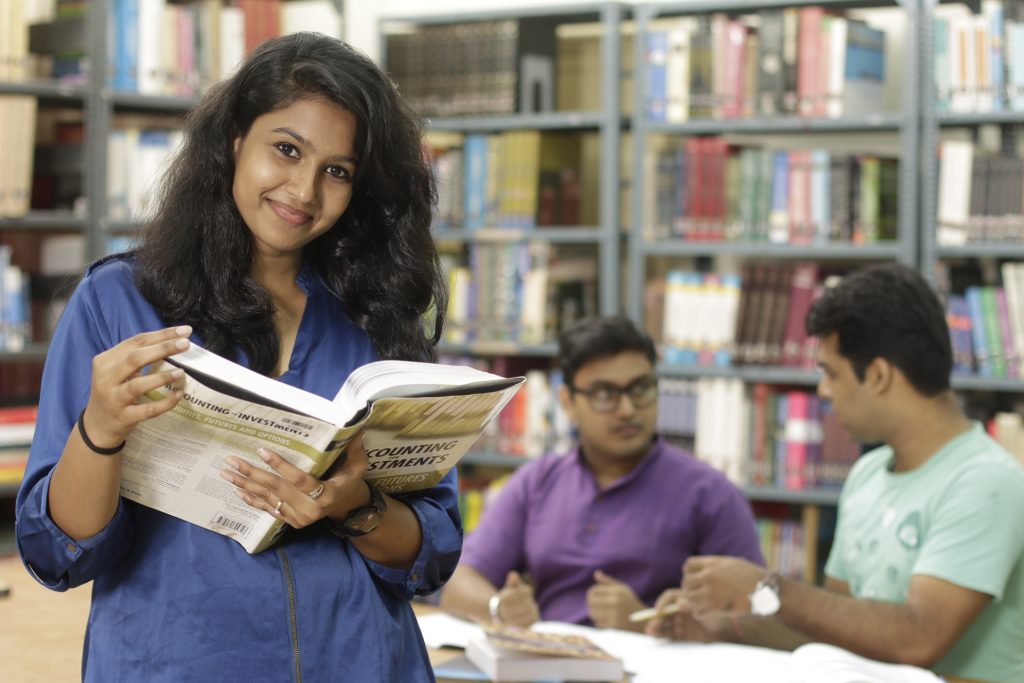
The library at XIMB, offer unique opportunities for intellectual exploration to the faculty, students, research scholars and staff through the leadership in the:
- Acquisition of print resources with extraordinary research collection through e-resources.
- Design and delivery of user service;
- Identification and application of Information technologies.
The library has been developing its resource collections, which include books, periodicals, databases, e-books, e-journals, audio-visual materials, cases, company annual reports, working papers & newspapers by using state-of-the-art facilities over the years.
The libraries have an excellent collection of books and journals on management and related subjects. We have adopted the “Open Access System” which enables the readers to locate and access information easily.
Besides the print materials, the libraries provide access to electronic databases such as EBSCO Publishing (Business Source Complete), ProQuest, ELSEVIER,JSTOR, ISI Emerging Markets Databases, CMIE database, ACM Digital Library, IEEE Computer Society and so on. While EBSCO Publishing covers nearly 3500 journals, ISI Emerging Markets provide detailed information about Indian Business and Industry. CMIE gives information about 24000 companies. Library is also has an Annual Report database, which covers information on nearly 6000 companies. The library has subscribed to BLOOMBERG database which helps the users to enrich their research activities.
XIMB Libraries have implemented a Library Information System (LIS) for automating the Library Information. This System provides a searchable web interface to locate books, and helps in day to day transactions. LIS gives answers to any query raised by clientele author wise, title wise & subject wise. This LIS is available throughout the campus and from outside via the Internet.
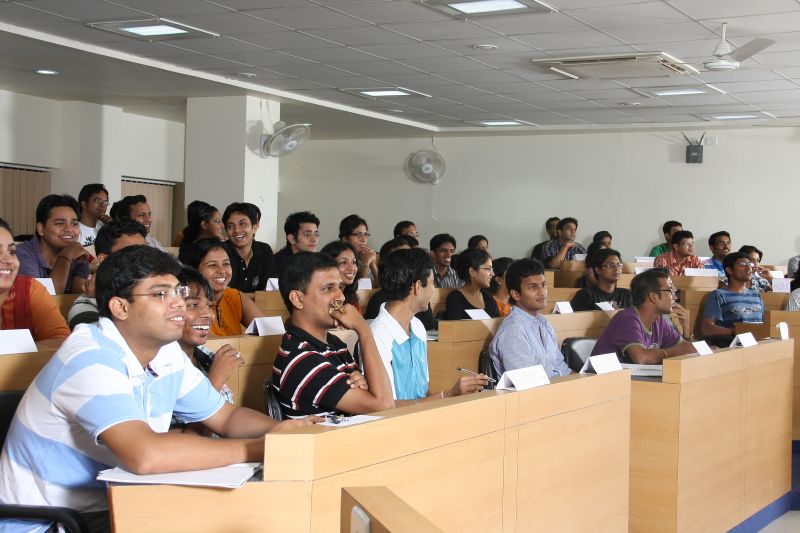 The academic classroom includes air-conditioned classrooms, seminar rooms, computer labs and executive classrooms. The classrooms are equipped with audio/video equipment; computers with large monitors, LCD projectors and network
The academic classroom includes air-conditioned classrooms, seminar rooms, computer labs and executive classrooms. The classrooms are equipped with audio/video equipment; computers with large monitors, LCD projectors and network
connections through wi-fi and LAN. There are Management Development Centre (MDC), an auditorium, more state-of-the-art classrooms and faculty offices in order to make XIMB a top class Business School and provide all facilities for faculty, staff and students.
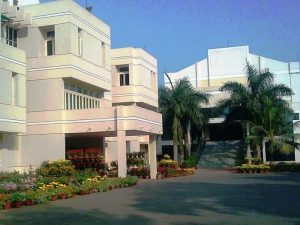
With academic activities round-the-clock, students are required to live on the campus. There are separate residences for gents and ladies. All the rooms have 24-hour Internet connectivity through the latest Wi-Fi technology. With the installation of laser printers and photocopying machines, round-the-clock printing and copying facilities are available to the students.
The residences also house the multi-purpose hall (MPH) which is used regularly by the students committees. All the residences are equipped with washing machines, water coolers, geysers, telephones, televisions, and indoor games. We also have facilities for uninterrupted power supply to all the residences during power failure. The student mess is managed by a student’s committee and serves both vegetarian and non-vegetarian meals. The X-Cafe provides a variety of fast food to the students who work till late in the night.Medical facilities with a doctor are available for consultation in the XIMB campus from 6.00 p.m. to 7.00 p.m. every day except on Sundays.
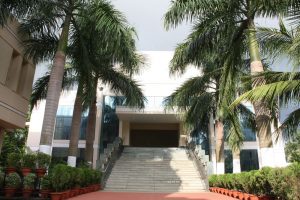
The state-of-the-art auditorium at XIMB is used for various purposes where faculty, staff and students gather as a family for lectures, conferences and entertainments.
- Ground floor (10,000 sq.ft.): 2 large Board Rooms; 10 seminar and other rooms
- First floor (12,500 sq.ft.): Auditorium (850 seats)
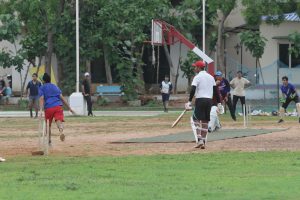
XIMB provides enriching facilities in sports and gym to students. XIMB put up more infrastructural facilities like basketball, badminton, cricket, football, tennis courts, a gymnasium which provides students to work and live comfortably. The fitness enthusiasts can experience body-mind balance by working out in the well-equipped gymnasium and jogging tracks.
Periodical sports events are organized by the sports committee to add relaxation for the physique as well as to revitalize from intellectual fatigue. Besides sports events, the Student Executive Council (SEC) takes initiatives in arranging cultural events and intellectual programmes.
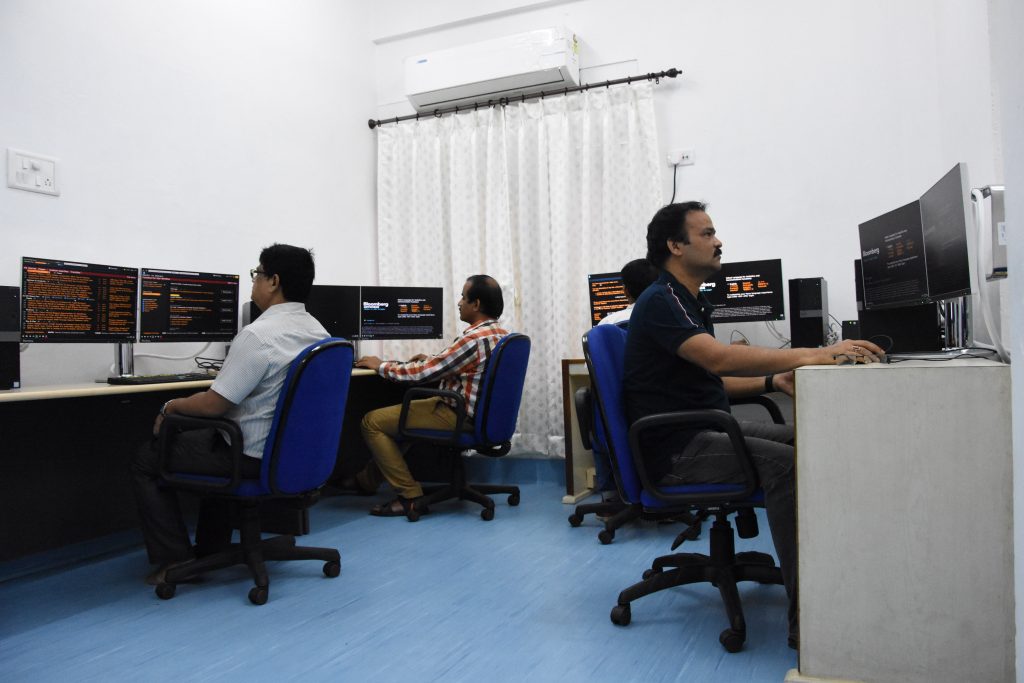 Bloomberg, the global financial information and technology company announced the opening of the Bloomberg Finance Lab at XIMB campus. With this XIMB, XIM University joined more than 800 universities worldwide with Bloomberg Terminals or Finance Labs.
Bloomberg, the global financial information and technology company announced the opening of the Bloomberg Finance Lab at XIMB campus. With this XIMB, XIM University joined more than 800 universities worldwide with Bloomberg Terminals or Finance Labs.
The Bloomberg Terminal service is a seamlessly integrated solution that provides real-time and historical data, market moving news and analytics to help leading business and financial professionals worldwide make better informed investment decisions. The service also features execution platforms for every asset class, research and a global network to communicate securely and reliably. With the training and coursework offered by the Bloomberg Finance Lab, we hope to advance the careers of students across India, to build the next generation of finance professionals.
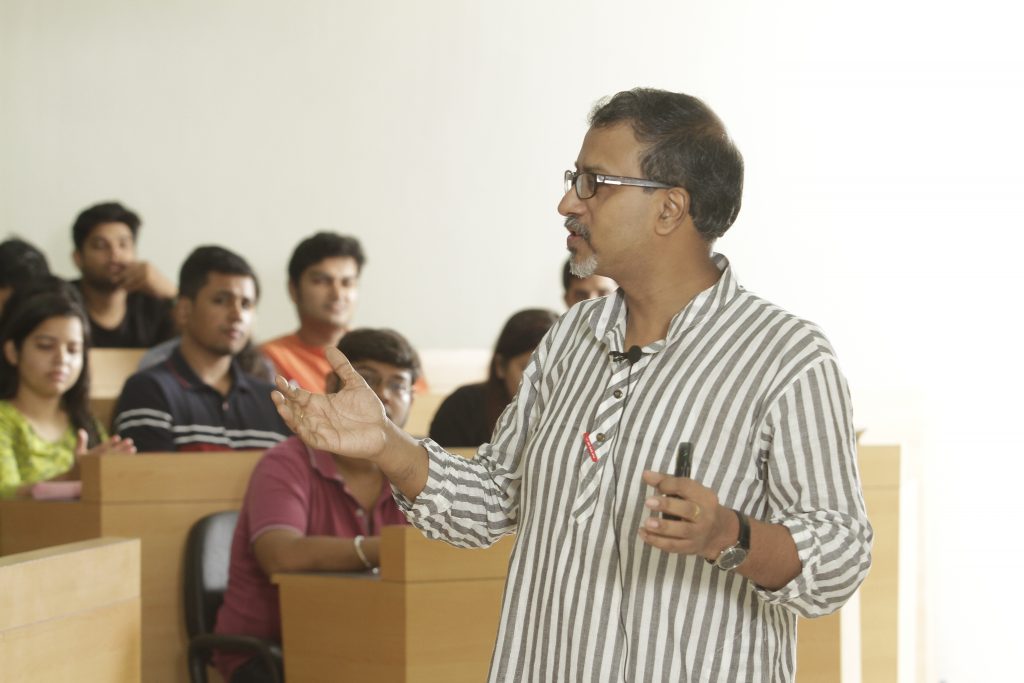
The Institute has provided a world-class environment to promote research by the faculty members and the students. Our library services, information and communication infrastructure, and various organisational mechanisms designed to encourage research activities constitute that environment.
To encourage the faculty members to devote time towards research activities, the Institute has implemented the following initiatives:
- it has set up a Faculty Research Fund (which is used for meeting research project expenses, conference participation, dissemination of findings etc.)
- it has limited the compulsory teaching requirement for each faculty-member to 12 credit equivalent (120 hours of classroom teaching) courses in an academic year
- it has provided a research assistantship component as an incentive for the PhD students to help their guides and other faculty members in their research work
- it has provided funds to launch a Research Training Seminar series to promote discussions on research, involving internal and external scholars in a wide variety of disciplines and
- it also has subscribed to one Bloomberg Terminal to facilitate teaching and research.
The results have convinced us that we are doing the right thing in supporting research. While strengthening our efforts in this area, we also need to ensure that our research endeavours remain relevant to our environment and trigger a process of competence building within the Institute as well as in the organisations, communities, and professional groups with which we work.
